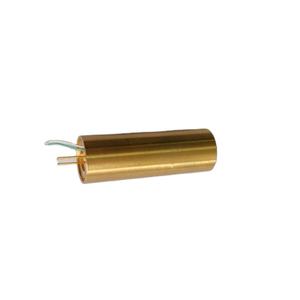Thyristors Online | High-Quality Power Semiconductors
**”Unlocking the Secrets of Thyristor Testing: A Guide to Flawless Performance”**
(Thyristor Inspection Protocols: Guidelines for Effective Testing)
In the world of electronics, thyristors are the unsung heroes, quietly controlling power in everything from dimmer switches to massive industrial machines. But like any hero, they need a little TLC to keep performing at their best. That’s where thyristor inspection protocols come in—your roadmap to ensuring these tiny titans are in tip-top shape. Let’s dive into the fascinating world of thyristor testing and uncover the secrets to keeping them running smoothly.
First things first: what exactly is a thyristor? Think of it as a gatekeeper for electrical current. It’s a semiconductor device that can switch on and off, controlling the flow of power with precision. But over time, wear and tear can take their toll, leading to performance issues or even complete failure. That’s why regular testing is crucial—it’s like giving your thyristor a health check-up to catch problems before they spiral out of control.
So, how do you test a thyristor effectively? It’s not as simple as flipping a switch and hoping for the best. You need a systematic approach, a set of guidelines that ensure every aspect of the thyristor’s performance is scrutinized. Start with a visual inspection. Look for any obvious signs of damage, like cracks, burns, or discoloration. These are red flags that something’s amiss. Next, grab your multimeter and measure the resistance across the thyristor’s terminals. A healthy thyristor should show high resistance in one direction and low resistance in the other. If the readings are off, it’s time to dig deeper.
But don’t stop there. To truly understand your thyristor’s health, you need to test its switching capabilities. This is where things get interesting. Apply a small voltage to the gate terminal and see if the thyristor switches on as expected. If it does, great! If not, you might be dealing with a faulty gate or a worn-out junction. And don’t forget to test the holding current—the minimum current needed to keep the thyristor in the “on” state. If it’s too high, your thyristor might struggle to stay active under normal operating conditions.
Now, let’s talk about temperature. Thyristors are sensitive to heat, and excessive temperatures can cause them to malfunction. During testing, monitor the device’s temperature closely. If it’s running hotter than usual, it could be a sign of internal damage or poor thermal management. And speaking of heat, always test thyristors in a controlled environment. Extreme temperatures can skew your results, leading to false positives or negatives.
Finally, document everything. Keep a detailed record of your tests, including the conditions, readings, and any anomalies you observe. This not only helps you track the thyristor’s performance over time but also provides valuable data for troubleshooting if something goes wrong.
(Thyristor Inspection Protocols: Guidelines for Effective Testing)
In the end, thyristor testing is both an art and a science. It requires patience, precision, and a keen eye for detail. But when done right, it can save you time, money, and headaches down the line. So, the next time you’re working with these powerful little devices, remember: a little testing goes a long way. Unlock the secrets of thyristor testing, and you’ll unlock their full potential.


